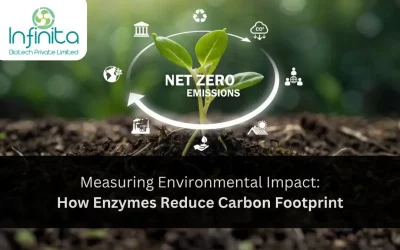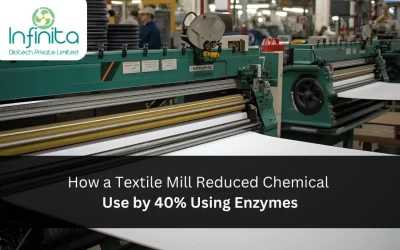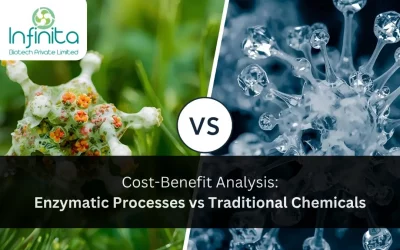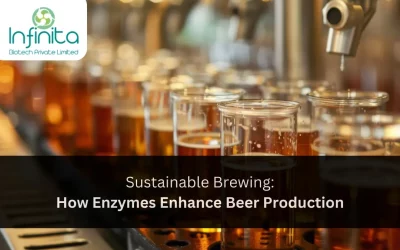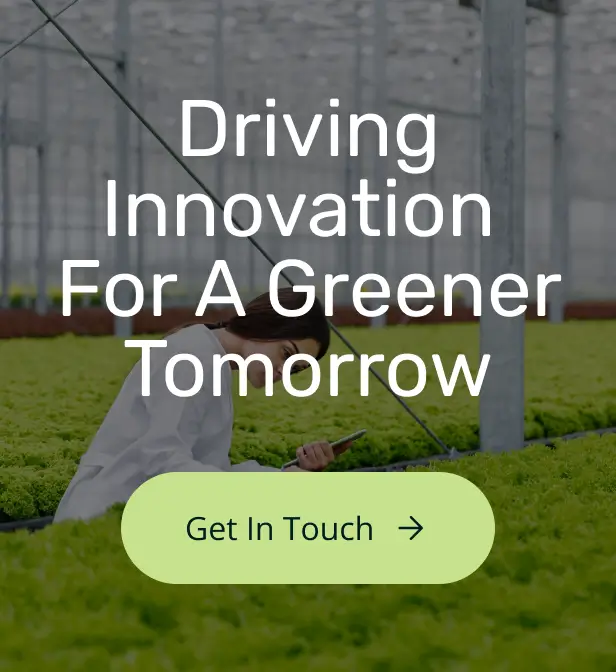Introduction
The escalating burden of water pollution, driven by industrialisation, urban sprawl, and chemical-intensive manufacturing, has strained conventional effluent treatment systems beyond capacity. Industrial discharge often contains organic load, grease, starch, proteins, surfactants, and complex chemical residues. Traditional treatment methods, coagulation, filtration, and chlorination, are increasingly proving inadequate in handling the dynamic composition of wastewater, particularly from textile, paper, dairy, and pharmaceutical industries.
In this context, wastewater treatment enzymes have emerged as a groundbreaking solution. These biological catalysts harness the power of nature to decompose complex organic matter into biodegradable byproducts. They not only purify water efficiently but do so without harming ecosystems, offering a genuinely sustainable route to industrial effluent treatment.
The Science Behind Waste Water Treatment Enzymes
Wastewater treatment enzymes function by accelerating the natural breakdown of pollutants. Unlike conventional treatments that rely on high-energy inputs or harsh chemicals, enzymes act selectively and efficiently at ambient conditions.
For example, lipases target and break down fats, proteases cleave proteins into amino acids, amylases degrade starches into sugars, and ureases break down urea into carbon dioxide and ammonia. These enzymes enable bio-remediation at the molecular level, offering precision and predictability in pollutant reduction.
Traditional wastewater treatment often struggles with non-biodegradable compounds and fluctuating pH levels. Enzyme-based systems, however, thrive in dynamic environments, providing consistent performance with minimal sludge production and reduced chemical dependency.
Key Enzymes Used in Wastewater Treatment
Lipases
Target fats, oils, and greases (FOG) prevalent in food processing and dairy effluent. By hydrolysing triglycerides into glycerol and fatty acids, they prevent blockages and reduce sludge accumulation.
Proteases
Break down complex proteins from meat, dairy, and tannery industries. Their enzymatic cleavage reduces biological oxygen demand (BOD) and enhances downstream microbial digestion.
Amylases
Effective in breaking down starch-based waste, especially from paper mills and food processing plants. This ensures improved clarity and flow in wastewater.
Ureases
Decompose urea from domestic and pharmaceutical effluents, reducing nitrogen load and odour.
These enzymes are often used in customised formulations tailored to industry-specific contaminants. In many effluent treatment plants, enzyme cocktails are used to ensure complete degradation of multi-class pollutants.
Advantages of Using Enzymes in Effluent Treatment Plants (ETPs)
- Eco-Compatibility
Enzymes are inherently biodegradable. They leave no harmful residues and break down safely after completing their function. This dramatically reduces environmental toxicity. - High COD and BOD Reduction
Wastewater treatment enzymes enhance the removal of chemical oxygen demand (COD) and BOD more efficiently than traditional biological systems. The process results in cleaner discharge that meets compliance standards. - Operational Cost Savings
Enzymes work effectively at ambient temperature and neutral pH, cutting down energy costs related to heating, aeration, or chemical dosing. The lower sludge volume also reduces sludge handling and disposal costs. - Safety and Simplicity
Unlike hazardous chemicals, enzyme solutions are non-corrosive and safer for workers to handle. Application involves simple dosing—no complex calibration or instrumentation required.
Industrial Applications of Waste Water Treatment Enzymes
Industries across the board are integrating enzymatic water treatment into their Effluent Treatment Plants (ETPs) and Sewage Treatment Plants (STPs):
- Textile Industry: Enzymes help degrade dyes, starches, and surfactants, making water reusable and colourless post-treatment. (Internal link suggestion: Textile Enzymes)
- Dairy & Food Processing: Efficient breakdown of milk proteins, fats, and sugars using enzyme blends reduces odour and sludge.
- Paper Mills: Removal of cellulose waste and pulp residues is made easier with cellulase-rich enzymatic formulations.
- Oil Refineries: Lipase enzymes target FOG pollutants, significantly reducing blockages and oil films on wastewater surfaces.
The adoption of enzyme-based water treatment systems is not just about performance—it’s about ecological responsibility.
Challenges and Innovations in Enzyme-Based Water Treatment
Despite their promise, enzyme stability under harsh industrial conditions remains a challenge. Temperature fluctuations, extreme pH, and the presence of heavy metals can inhibit enzyme activity.
To overcome this, researchers are now exploring:
- Immobilized enzymes: Enzymes fixed on carriers to improve durability and recyclability.
- Thermostable enzymes: Engineered enzymes that retain activity even at high temperatures or varying pH levels.
- Microbial consortia + enzymes: Synergistic use of microbes and enzymes for enhanced biological wastewater treatment.
Innovative companies are now offering custom enzyme solutions that adapt to effluent load, seasonality, and flow variation, making them ideal for modular and decentralised wastewater systems.
Conclusion
As the world grapples with water scarcity and the growing demand for eco-friendly wastewater technologies, wastewater treatment enzymes offer a future-proof alternative. They align with global environmental goals while enhancing the operational efficiency of treatment plants.
From reducing pollutants and improving water reuse potential to cutting costs and carbon footprints, enzyme-based wastewater treatment represents a sustainable paradigm shift for industries. For companies seeking to transition towards green manufacturing practices, integrating enzymatic remediation into their water management strategy is not just an option—it’s an imperative.


